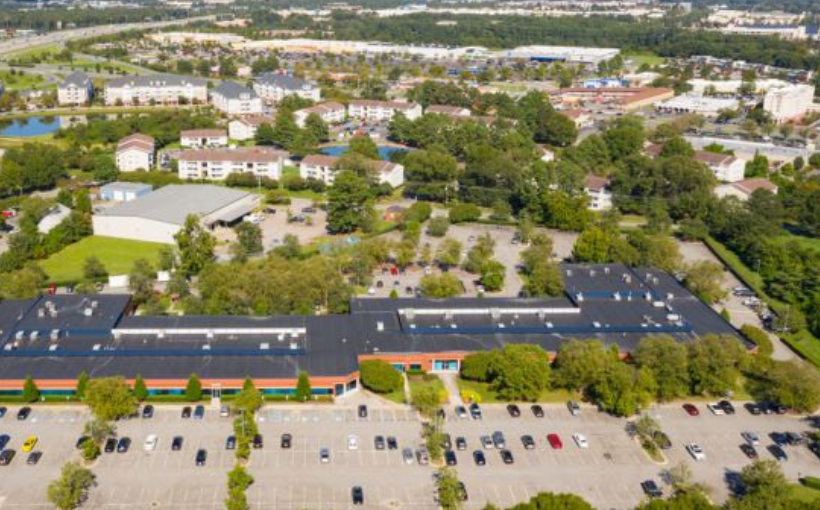Mark Russo, Vice President of Industrial Research at Savills, notes that in the recent past, the United States and North America relied heavily on service and knowledge economies. However, there has been a shift back to manufacturing as seen in Savills’ Manufacturing Report.
Although there has been a slowdown in manufacturing announcements and jobs compared to 2024’s peak numbers, it is still historically high. The market conditions are also softening while labor and real estate costs stabilize.
One surprising finding from the report was an increase in manufacturing activity in Eastern Canada with major companies like Stellantis, Volkswagen, Ford Honda ,and GM investing in electric vehicle (EV) production facilities. This region is now competing with traditional “battery belt” hubs for EV production.
Another unexpected trend was the rise of clean energy-related announcements which have more than doubled since 2022 while new announcements related to EVs have slowed down.
When it comes to site selection decisions for manufacturers , factors such as infrastructure availability,labor costs,power supply,and incentives play a crucial role. States with lower living costs,strong logistics connectivity,and business-friendly governments are seeing significant growth due to these advantages.
Some other selling points for different companies include proximity to automotive facilities for EV production or partnerships with universities for semiconductor/chip production . Power availability is also becoming increasingly important as competition between data centers grows alongside demand from manufacturers .
Looking ahead,the report predicts an increasein reshoring efforts driven by U.S protectionist policies regardless of who wins the presidential election.Mexico will continue its advantage thanks tolabor cost savingsand location benefits.There will be positive impacts on real estate markets due toc large-scale projects being developed across North America .
Russo emphasizes that although there has been a slight slowdown since 2022’s peak numbers,res horing efforts are just beginning.This could leadto moremanufacturing hubs emergingacrossNorth Americawhile potentially reducingthe dominanceoftraditional port markets.The real estate industry and local governments should take note of this trend and prepare for potential growth by focusing on infrastructure, utilities, workforce development,and housing.
In conclusion,the manufacturing sector is continuing its comeback in North America with a shift towards producing more domestically. This requires proactive planning from both the real estate industry and local governments to support this expansion through incentives, infrastructure improvements,and workforce training programs.




